3D Mold Design & Engineering Process
A comprehensive overview of our industry-leading procedures for creating precise, efficient 3D mold designs that meet the highest manufacturing standards.
Our 3D mold design process represents the pinnacle of precision engineering and manufacturing expertise. By following a rigorous, well-documented procedure, we ensure that every 3D mold meets exact specifications, adheres to project timelines, and exceeds client expectations. This page outlines the comprehensive steps involved in taking a modified plastic part from initial concept through to the final 3D mold production ready for manufacturing.
The Importance of 3D Mold Design Standards
In modern manufacturing, the 3D mold design process serves as the foundation for efficient production and high-quality end products. Our standardized procedures ensure consistency across all projects, facilitate effective communication between team members, and provide clear documentation for quality control and future reference. By maintaining strict adherence to these protocols, we minimize errors, reduce production time, and deliver 3D mold solutions that precisely match client requirements.
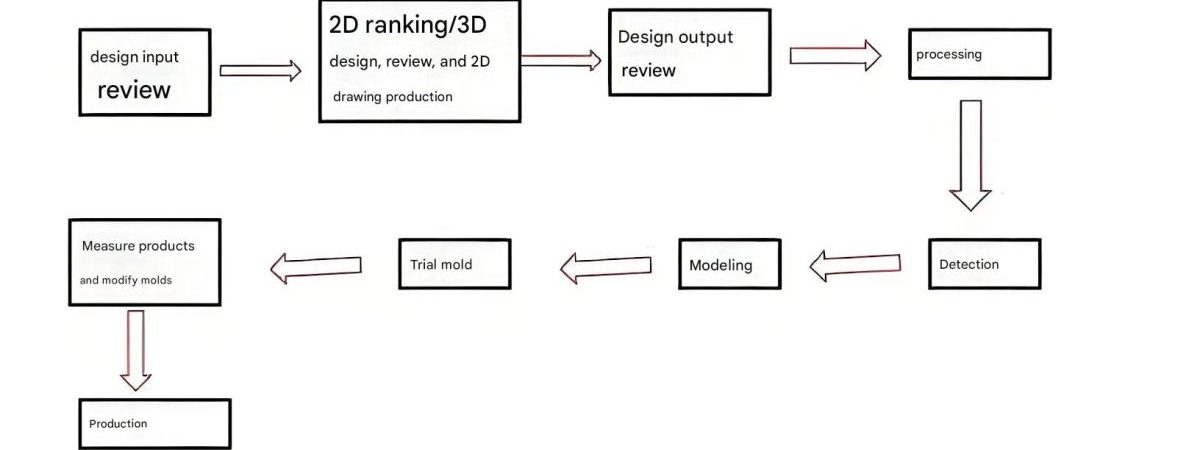
Figure 1: Overview of the 3D mold design and engineering workflow
The Comprehensive 3D Mold Design Process
Initial 3D Mold Design Initiation
Once modified plastic parts are finalized, our design team begins the crucial process of creating the initial 3D mold design. This step involves translating the part specifications into a comprehensive 3D mold model that accounts for all manufacturing requirements, material properties, and functional considerations.
The 3D mold design phase starts with a thorough analysis of the plastic part's geometry, identifying potential challenges in moldability and determining the optimal gating system, cooling channels, and ejection mechanisms. Our engineers utilize advanced CAD software to create precise 3D representations that will serve as the foundation for the entire manufacturing process.
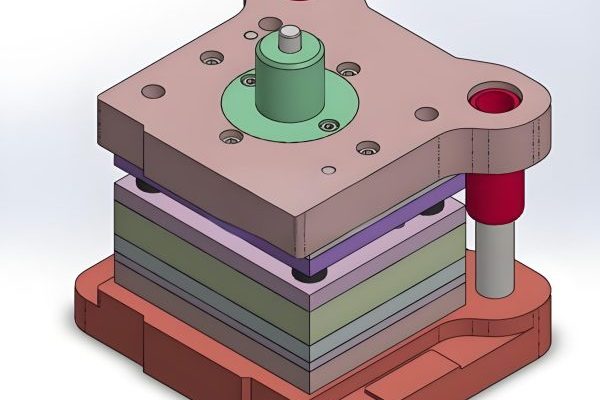
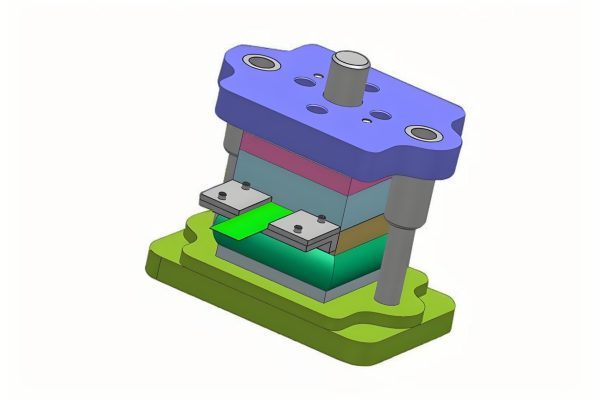
Mold Production Plan Development
Upon receiving the design assignment, the mold supervisor immediately directs relevant engineers to develop a comprehensive Mold Production Plan based on client requirements. This critical document outlines the entire timeline, resource allocation, and specific milestones for the 3D mold development process.
The plan is developed and distributed to all design personnel within the shortest possible timeframe, ensuring that every team member understands their responsibilities and deadlines. This proactive approach to planning helps prevent delays and ensures that the 3D mold development stays on schedule from the very beginning.
Adherence to Production Documentation
The Mold Production Plan serves as the essential reference document for all aspects of 3D mold design and manufacturing. This comprehensive guide includes detailed specifications, material requirements, quality standards, and production schedules that must be followed throughout the project lifecycle.
Design personnel are required to continuously monitor for updates and revisions to this document, as any changes may impact their specific responsibilities. Prompt response to document revisions ensures that the 3D mold development remains aligned with the latest requirements and specifications, preventing costly rework and delays.
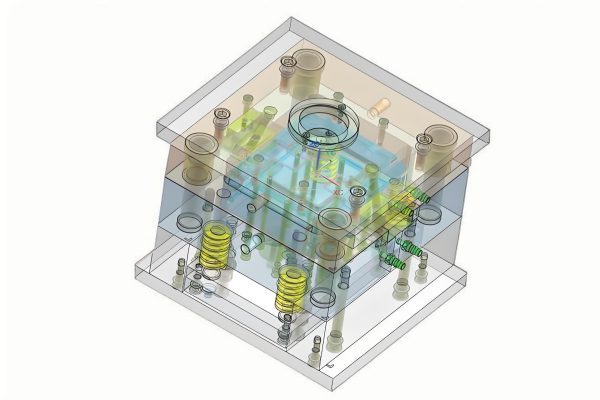
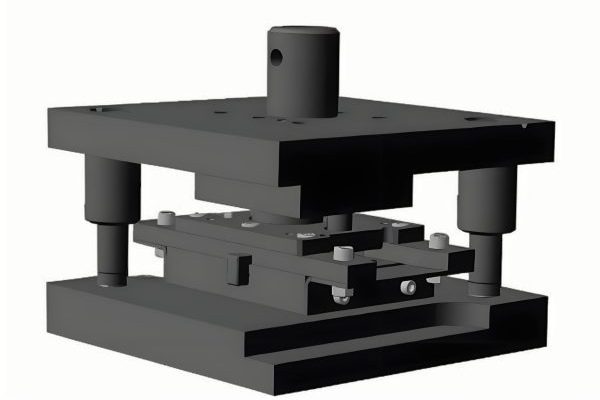
Mold Design Schedule Finalization
At the commencement of work, the mold design team leader creates a detailed Mold Design Plan based on the specific project requirements. This document is then submitted to the mold supervisor for review and approval before being passed to the Production Control (PC) engineer.
The PC engineer finalizes the official Mold Design Plan, which is then distributed to all 3D mold design personnel. This plan includes detailed task breakdowns, individual responsibilities, and specific deadlines to ensure coordinated progress throughout the 3D mold development process.
Schedule Adherence and Deadline Management
The Mold Design Plan represents the critical timeline document for the entire 3D mold development process, serving as the primary tool for ensuring that production stays on schedule. This document is carefully crafted to account for all necessary design phases, reviews, and revisions.
Once the plan is issued, all design personnel are required to complete their assigned drawing tasks within the specified timeframes. Unless extraordinary circumstances arise, deadlines must be met to prevent delays in subsequent manufacturing processes. This strict adherence to schedule ensures that the 3D mold is delivered on time and meets all project milestones.
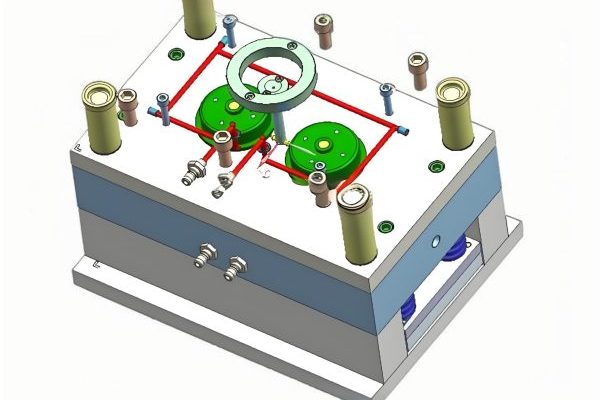
Monitoring Plastic Part Revisions
All design personnel must maintain constant awareness of any updates or modifications to the plastic parts for which they are developing 3D mold designs. This vigilance ensures that the mold design remains synchronized with the latest part specifications and requirements.
If discrepancies or issues are identified between the current 3D mold design and the latest part specifications, the design team member must immediately notify their team leader or the mold supervisor. This prompt communication allows for timely adjustments, ensuring that the final 3D mold will produce parts that meet the most current design requirements.
Addressing Special Technical Requirements
When clients have specific technical requirements for their 3D mold, our design team carefully evaluates these specifications and incorporates them into the design process as appropriate. These special requirements may include unique cooling systems, specific material considerations, or specialized ejection mechanisms.
Any design elements that address these special requirements must undergo formal client confirmation before proceeding to production. This step ensures that the final 3D mold meets all unique client needs while maintaining the highest standards of manufacturing feasibility and performance.
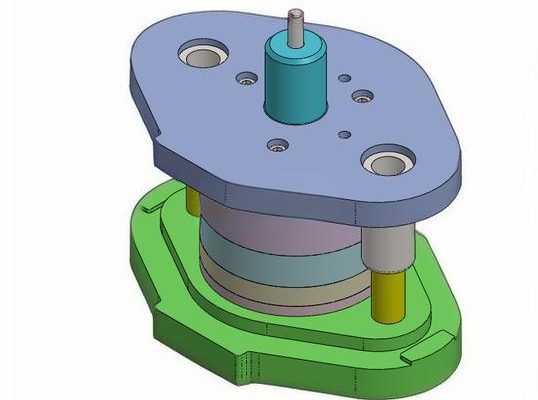
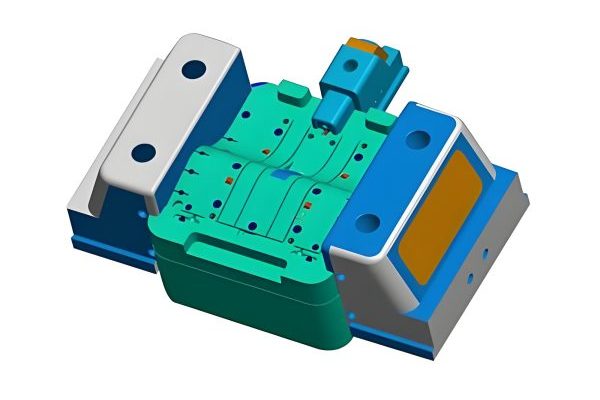
Internal Technical Standards Compliance
Our mold design department has developed a comprehensive set of Internal Technical Specifications for 3D Mold Design, based on decades of industry experience and continuous process improvement. These standards establish uniform technical requirements for all design personnel, ensuring consistency across all projects.
All aspects of the 3D mold design must be detailed, accurate, and fully compliant with these internal standards. This commitment to standardized practices ensures that every 3D mold we produce meets our rigorous quality requirements and performs reliably in production environments.
Document Submission and Review Initiation
Upon completion of the 3D mold design, the design personnel must copy all relevant documentation to the designated shared repository. This includes the complete 3D model files, detailed drawings, material specifications, and any supporting documentation related to the design process.
After properly filing the documentation, the designer notifies the mold department supervisor to initiate the formal review and verification process. This step marks the transition from the design phase to the quality assurance phase, ensuring that the 3D mold meets all required specifications before proceeding to production.
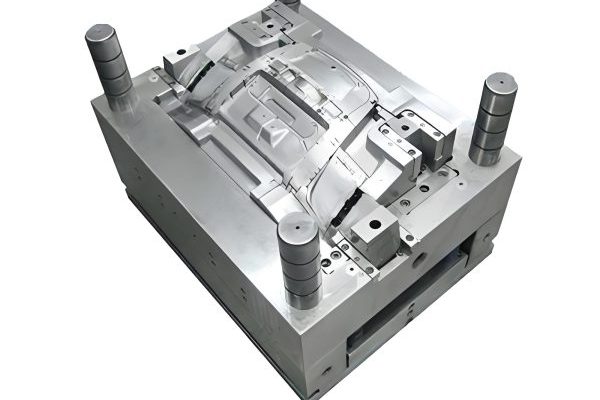
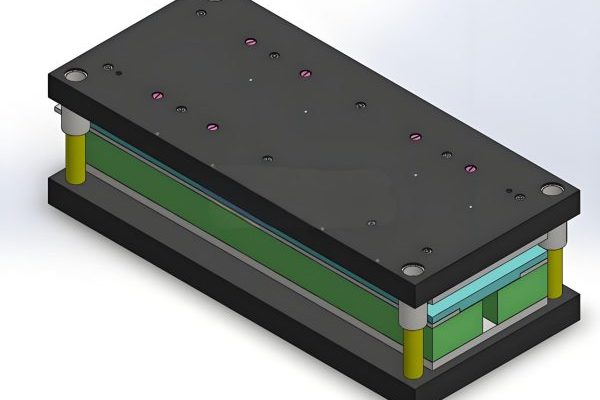
Design Review and Issue Documentation
After conducting a thorough review of the submitted 3D mold design, the mold supervisor prepares a detailed Design Drawing Inspection Issue Record. This document catalogs any discrepancies, potential improvements, or required modifications to ensure the 3D mold meets all specifications and performance requirements.
The inspection report includes clear descriptions of each issue along with illustrative diagrams or annotations to facilitate understanding. This document is then distributed to the relevant design personnel, providing clear guidance on the necessary changes to the 3D mold design.
Design Revisions and Confirmation
Upon receiving the Design Drawing Inspection Issue Record, the design personnel must address each identified issue systematically. Each modification to the 3D mold design is carefully implemented to resolve the specific concerns outlined in the inspection report.
If questions or difficulties arise during the revision process, the designer must promptly consult with the mold supervisor for clarification or guidance. Once all modifications are complete, the designer signs off on the revised 3D mold design and submits it back to the mold supervisor for re-inspection and final approval.
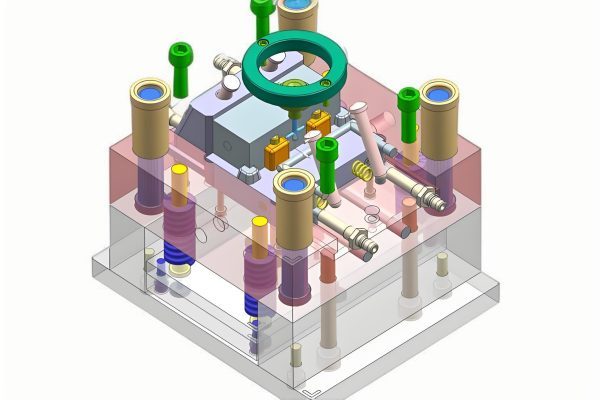
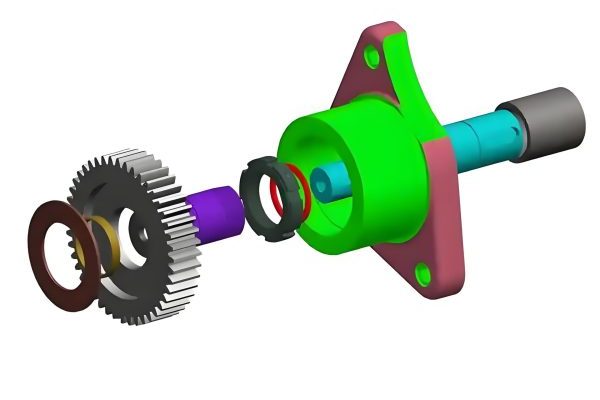
Final Approval and Production Initiation
The mold supervisor conducts a secondary review of the revised 3D mold design to ensure all identified issues have been properly addressed. This final inspection verifies that the design meets all specifications, standards, and client requirements before giving formal approval.
Once the 3D mold design receives final approval, the client or product design engineer is notified that the mold design phase is complete and manufacturing can commence. This notification marks a significant milestone in the project, transitioning from the design phase to actual production of the 3D mold.
Documentation Distribution and Procurement
Following final approval of the 3D mold design, the relevant engineers are instructed to convert the 3D mold model into detailed 2D manufacturing drawings with precise dimensioning. These 2D drawings provide the necessary specifications for the manufacturing team to produce the mold components accurately.
Simultaneously, the 3D model files are transferred to the CNC programming department for toolpath generation and machining preparation. Additionally, documentation for all required raw materials and standard components is submitted to the purchasing department to initiate procurement, ensuring that all necessary items are available when needed for 3D mold production.
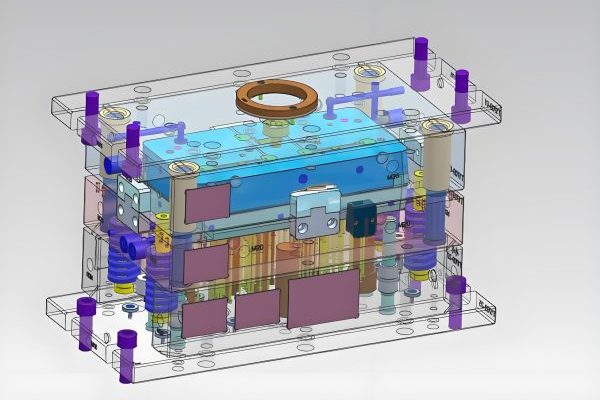
Our Commitment to 3D Mold Excellence
Every stage of our 3D mold design process is guided by a commitment to precision, efficiency, and client satisfaction. By adhering to these rigorous procedures, we ensure that each 3D mold meets the highest industry standards and delivers reliable performance throughout its production lifecycle. Our systematic approach minimizes errors, reduces lead times, and ensures that the final 3D mold precisely matches the intended specifications, resulting in high-quality plastic parts and satisfied customers.
Learn more